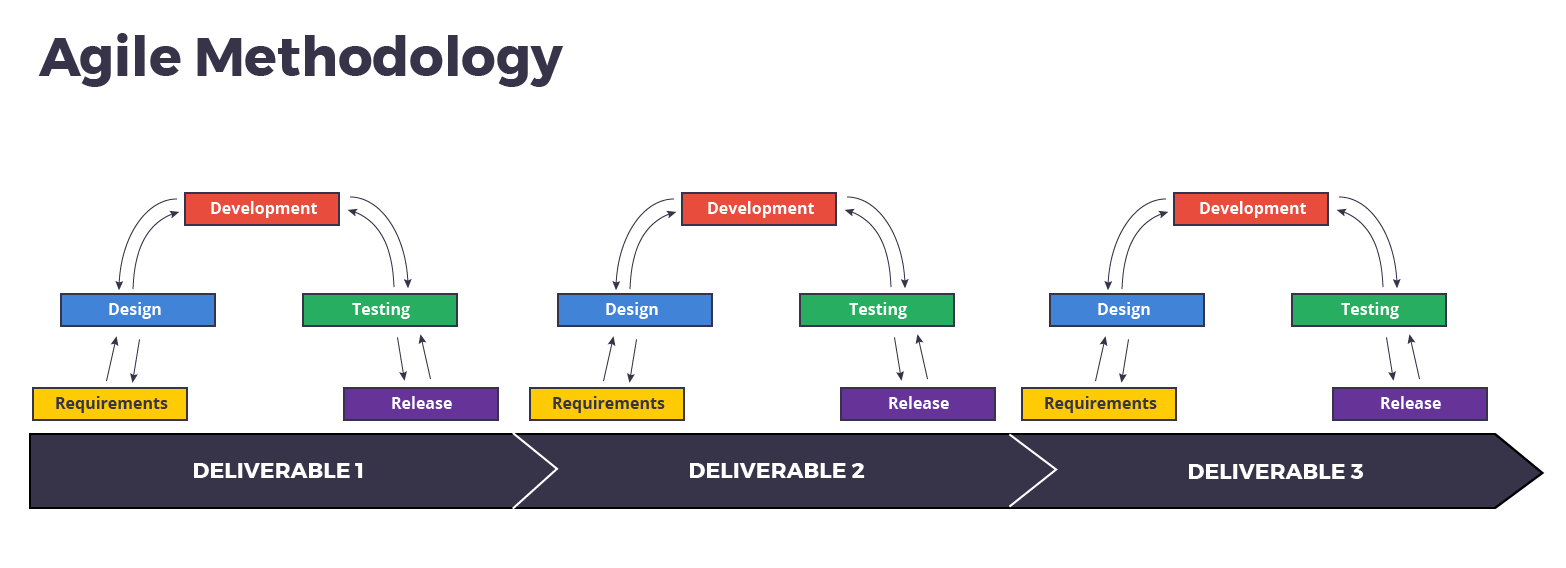

Modern software development approaches have developed as quickly as they’ve delivered items. Numerous practices and procedures currently exist, likewise each individual team’s unique components.
Still, two of the most widely recognized and all-enclosing methodologies are the agile and waterfall processes to development. While they contain a large number of similar components, the two methodologies are boundlessly unique.
Project management software tools are a key segment to keeping teams on track. These tools often vary in their feature sets, some favoring long-term, waterfall planning, while others are adapted towards the quick-paced agile methodology.
Agile project management is based on quick iteration and user testing. While traditional procedures focus on long-term objectives and illustrating prerequisites in advance, agile teams take a pick-your-own-adventure’ approach. After continuously testing, pitching ideas and hearing from users, agile software development plan to form final products around users’ needs by learning what the products are as they go along. Well known items: JIRA, Targetprocess, Telerik TeamPulse, and Pivotal Tracker.
Here is the regular, safe approach for managing software development. Team members and managers layout all requisites up front. From that point, strict schedules are closely monitored. Before teams move to a new phase of the sequential development schedule, requisites must be met and tasks must be done. Rather than testing changes throughout the process, teams develop a near-complete product and push it to user testing at a predefined date. Popular products: LiquidPlanner, Microsoft Project, Smartsheet and Basecamp.